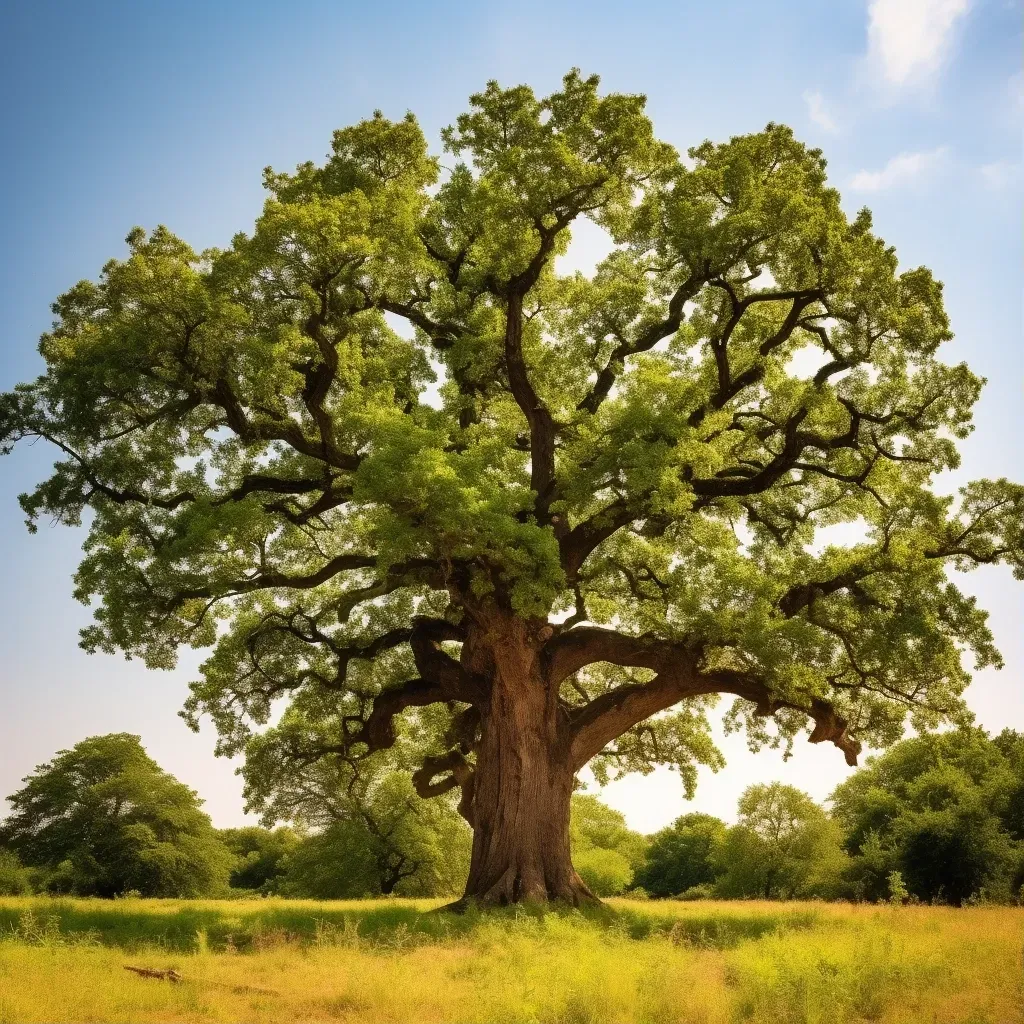Story of Day :
Contents
Quercus robur Plant Care Tips: A Funny and Comprehensive Guide
Welcome to my garden blog, where I’m here to share some hilarious and informative tips on caring for the majestic Quercus robur, commonly known as the English oak.
If you’re a fan of this beautiful tree or just need some guidance on how to care for it, you’re in for a treat!
Why Choose Quercus robur?
The English oak is an iconic tree that provides both beauty and shade to any garden.
Its strong branches offer a perfect spot for your kids’ treehouse or a hammock where you can relax with a good book.
But before we dive into the care tips, let’s learn more about this magnificent plant.
- The Quercus robur is native to Europe and can be found in many countries across the continent.
- It is known for its large size, reaching up to 100 feet tall when fully grown.
- The leaves of this tree are deciduous, meaning they change color in autumn before falling off.

Caring for Your Quercus robur
Now that we know why the English oak is such an amazing addition to any garden let’s talk about how best to care for it:
Sunlight Requirements
Your English oak will thrive in full sun but can tolerate partial shade as well.
Just make sure it gets at least six hours of sunlight each day.
Remember: even trees need their vitamin D!

Watering Needs
This majestic plant has deep roots that help it withstand drought conditions once established.
However, during its early years (especially the first two summers), make sure to water your Quercus robur regularly.
Aim for about an inch of water per week, either from rainfall or manual watering.
Soil Requirements
The English oak is adaptable to a variety of soil types, but it prefers well-draining soil with a pH level between 6 and 7.
If you’re unsure about the quality of your soil, consider getting it tested or consult with a local gardening expert.
Remember: happy roots make for happy trees!

Pruning Tips

Pruning should be done during late winter or early spring when the tree is dormant.
Avoid over-pruning as this can weaken the tree and make it more vulnerable to disease and pests.
Additionally, removing too many branches can disrupt its natural shape and beauty – we don’t want our oak looking like Edward Scissorhands!
Pest Control

Just like any other plant in your garden, Quercus robur is susceptible to pests and diseases.
Here are some common culprits:
- Oak Processionary Moth: These caterpillars may sound cute but they are anything but! They can cause severe allergic reactions in humans and defoliate entire trees if left unchecked.
- Sudden Oak Death: This fungal disease attacks oaks by infecting their bark and leaves.
It spreads quickly and can be fatal if not treated promptly.
- Acute Oak Decline: This disease causes dieback and decay in the crown of the tree.
It is still poorly understood, but research is ongoing to find effective treatments.
To keep these pests at bay, regularly inspect your oak for any signs of infestation or disease.
If you notice anything unusual, consult with a professional arborist or your local extension office for proper diagnosis and treatment options.
In Conclusion
Caring for Quercus robur may seem daunting at first, but with the right knowledge and approach, it can be an incredibly rewarding experience.
Remember to give your English oak plenty of sunlight, water it regularly during its early years, and maintain good pruning practices.
Stay vigilant against pests and diseases by conducting regular inspections.
By following these care tips (with a dose of humor), you’ll be well on your way to having a happy and healthy Quercus robur that will bring joy to both yourself and any squirrels lucky enough to call it home! Happy gardening!